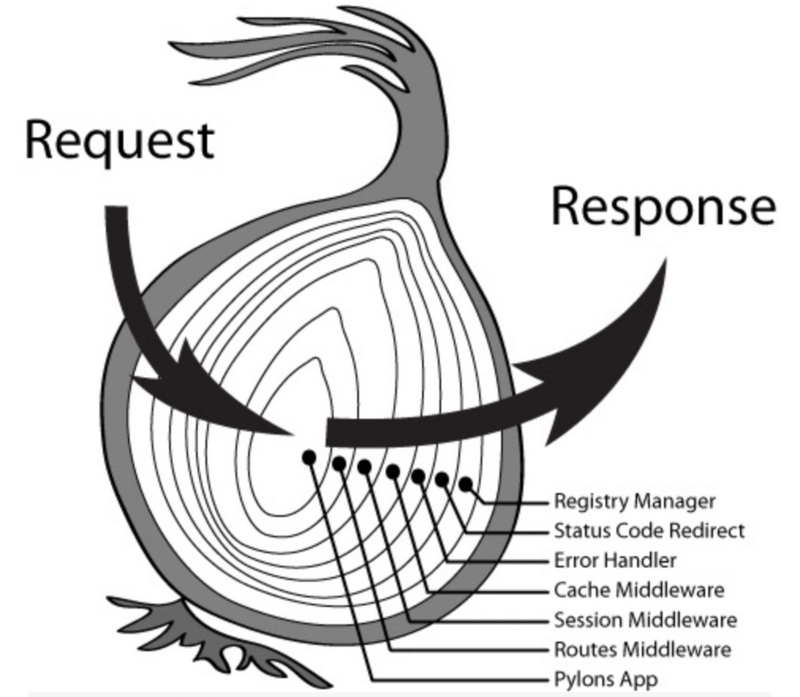实现生产者、消费者的3种实现方式

synchronized+wait+notify使用一个数组保存。数组为空生产者运行,然后调用notify唤醒消费者,自己等待。消费者完成消费,唤醒生产者,自己等待。ReentrantLock重入锁。BlockingQueue底层还是使用了ReentrantLock
- https://docs.oracle.com/javase/10/docs/api/java/util/concurrent/BlockingQueue.html
Special value列:如果队列满了或者空了,操作会失败。返回值是操作结果
block列:如果队列满了或者是空,就会等待
Throws exception列:如果队列满了或者是空就会抛出异常
public class WaitConsumerProducer { private String[] list = new String[10];
private int cursor = -1;
public void produce() throws InterruptedException {
synchronized (this) {
if (cursor >= 0) {
this.wait();
}
while (cursor < list.length - 1) {
list[++cursor] = "生产" + cursor;
}
this.notifyAll();
}
}
public void consume() throws InterruptedException {
synchronized (this) {
if (cursor < 0) {
this.wait();
}
while (cursor >= 0) {
System.out.println(list[cursor--]);
}
Thread.sleep(1000);
this.notifyAll();
}
}
}
public class ReentrantConsumerProducer {
private String[] list = new String[10];
private int cursor = -1;
private ReentrantLock lock = new ReentrantLock();
public void produce() {
lock.lock();
try {
// 放在 lock 前面就会死锁了
if (cursor >= 0) {
return;
}
while (cursor < list.length - 1) {
list[++cursor] = "商品" + cursor;
}
} finally {
lock.unlock();
}
}
public void consume() {
lock.lock();
try {
// 放在 lock 前面就会死锁了
if (cursor < 0) {
return;
}
while (cursor >= 0) {
Thread.sleep(200);
System.out.println(list[cursor--]);
}
} catch (InterruptedException e) {
e.printStackTrace();
} finally {
lock.unlock();
}
}
}
public static void blockingQueue() {
final LinkedBlockingQueue<String> queue = new LinkedBlockingQueue<>();
new Thread(() -> {
while (true) {
try {
queue.put("商品");
} catch (InterruptedException e) {
e.printStackTrace();
}
}
}).start();
new Thread(() -> {
while (true) {
try {
Thread.sleep(1000);
System.out.println(queue.take());
} catch (InterruptedException e) {
e.printStackTrace();
}
}
}).start();
}
以上是 实现生产者、消费者的3种实现方式 的全部内容, 来源链接: utcz.com/z/514729.html





